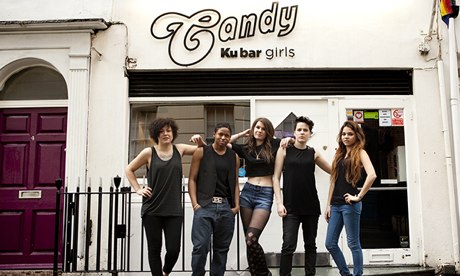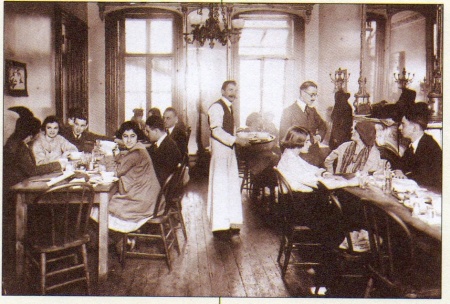 |
| Clara Conway Institute |
Location: Poplar Street (near Orleans Street), Memphis, Tennessee, USA
Opened: 1877
Closed: 1893
From a website documenting the Pioneers of Education in Memphis. Clara Conway was quite obviously a devoted feminist and very committed to the creation of women-only educational space. Note how the school came to an end because the trustees saw Conway as having "too much ambition" in terms of creating a college preparatory curriculum for her young women students:
Miss Clara Conway ... and the Conway Institute
 |
| Clara Conway |
Clara Conway was born in New Orleans on August 14, 1844. She was educated at St. Agnes Academy, Memphis, but her main education was by her own study at home. She traveled extensively in the United States and in Europe and her special gift was to prepare girls for college – primarily Vassar and Wellesley.
Early in her career, she was principal of the Alabama Street School and the Market Street School. In 1877 she left a prominent position in the public schools to open a high grade school for girls.
Early in her career, she was principal of the Alabama Street School and the Market Street School. In 1877 she left a prominent position in the public schools to open a high grade school for girls.
She began with 50 pupils, one assistant, and $300 of borrowed money. In 1884-'85 a number of public-spirited citizens of Memphis came to her assistance, organized a stock company, incorporated the school incorporated, and a building erected. Miss Conway proposed to call the school the Margaret Fuller School, but instead, the trustees named it the Clara Conway Institute. From the small beginning the institute became very successful and continued until 1893.
Her school claimed a fine reference library, a well-equipped gymnasium, a science lab, and a complete arts studio. There were courses in voice, piano, theory, and public speaking. Over the years she won the friendship of famous artist, musicians, authors and scientists.
 |
| Clara Conway |
Clara Conway had hoped to found a school that would make women economically independent and she believed a solid education would do this. She became one of the most prominent figures in education in the South and her school held a unique place in the region as a major preparatory school for young women. The circumstances of the school's demise in 1893 are somewhat unclear but appear to have stemmed from conflict between Conway and her trustees. She was determined to carry out the college-preparatory idea over the opposition of her financial backers who wrote about "too much ambition on the part of the principal"
After the closure of her school, she continued to teach for a few years on a much smaller scale, with herself as the sole teacher. Her influence on students was deep and lasting. Clara Conway died in 1904.




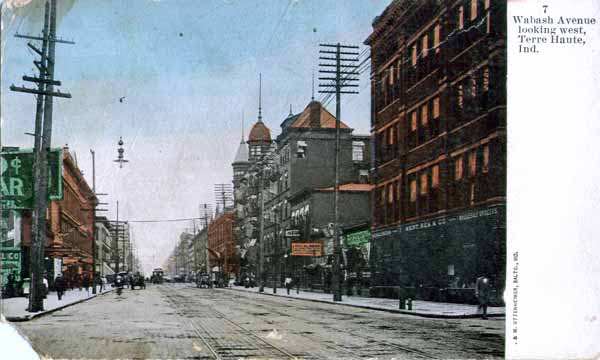
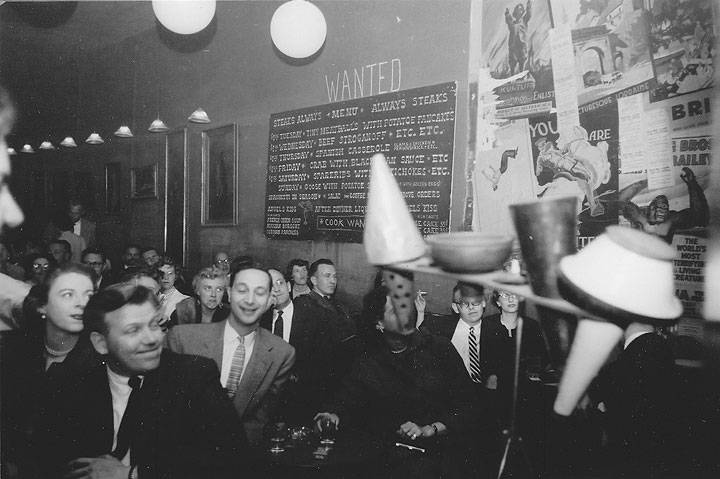




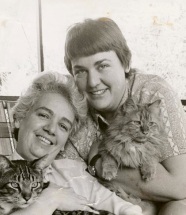
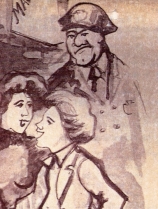
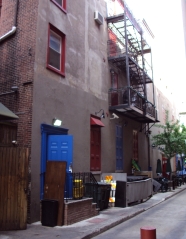




.jpg)

.jpg)
